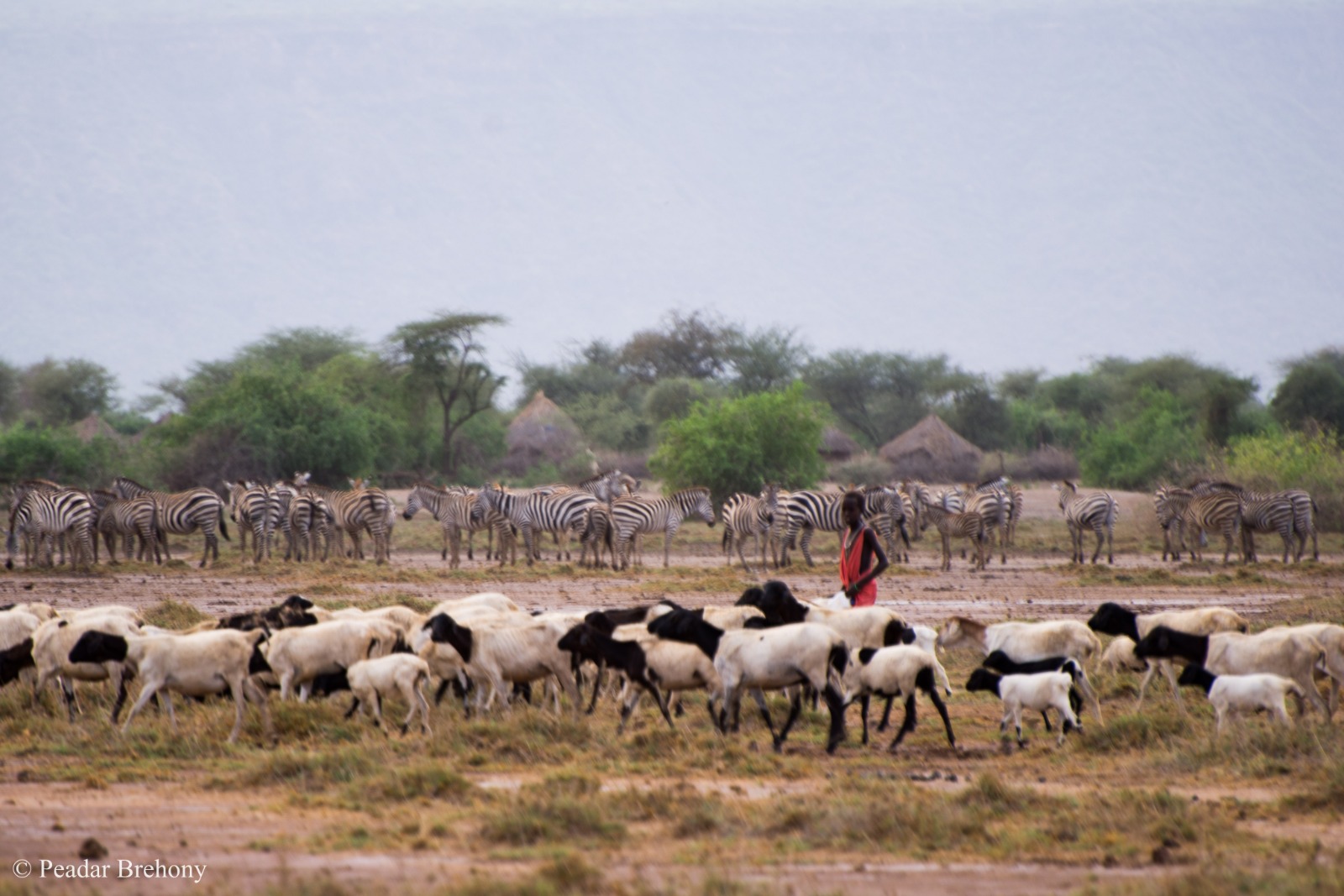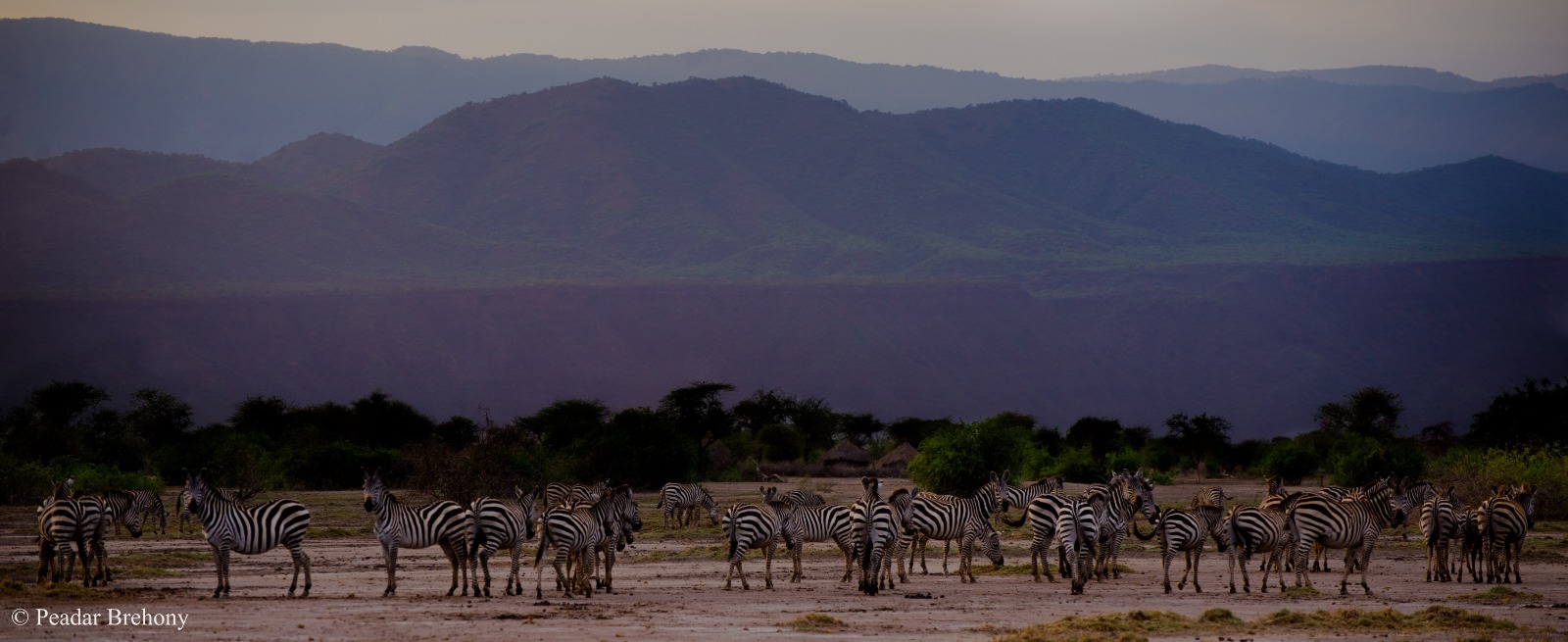News
Wildlife and livestock share water in Kenya’s south rift valley
In Kenyan rangelands, people and their livestock have historically lived alongside large numbers of wildlife. However, in recent decades, wildlife populations have declined due to increasing human pressure, highlighting the need for us to better understand the dynamics of wildlife movements where they share space with people and stock. In particular, livestock are thought to limit wildlife’s ability to access water points, which are vital resources in these dry areas, but more evidence is needed to understand this interaction. To understand how wildlife and livestock share water points, we collaborated with our long-term partners SORALO, based in southern Kenya. In 2014 they set up a series of camera traps along water points to see how wildlife presence changed over time. Erin Connolly, an undergraduate studying Biological Sciences, led the analysis of the thousands of images collected.
We examined wildlife presence at water points before and after humans and livestock settled in areas along the Ewaso Nyiro River in the Shompole and Olkiramatian group ranches of Kenya’s South Rift Valley. Despite a significant increase in livestock activity at water points, wildlife presence at these same points remained steady. Rather than being pushed away, wildlife temporarily changed their behaviour, using water resources at night while livestock was confined within enclosures. Maasai herders use these enclosures to protect livestock from carnivore attack, but this also seems to have a secondary benefit of enabling wildlife to access critical resources such as water in these shared spaces. This research shows that human-wildlife coexistence is possible, even in an area with lots of livestock, through mutual adaptations. Humans adapt to the presence of wildlife by protecting their livestock overnight in enclosures. Wildlife species adapt to the presence of humans and livestock by changing their activity patterns, so they access key resources at times when competition is lowest. These co-adaptations reduce competition for a critical resource, water, and help enable large carnivores, wild prey, humans and domestic stock to live alongside one another more easily. Large populations of Kenyan wildlife exist outside of nationally protected areas. Understanding human wildlife dynamics is essential for guiding future conservation efforts and studies such as these show that areas such as conservancies can still support substantial wildlife alongside both people and livestock.
Connolly, E., Allan, J., Brehony, P.,Aduda, A., Western, G., Russell, S., Dickman, A., & Tyrrell, P. (2021). Coexistence in an African pastoral landscape: Evidence that livestock and wildlife temporally partition water resources. African Journal of Ecology, 1-16. https://doi.org/10.1111/aje.12869







